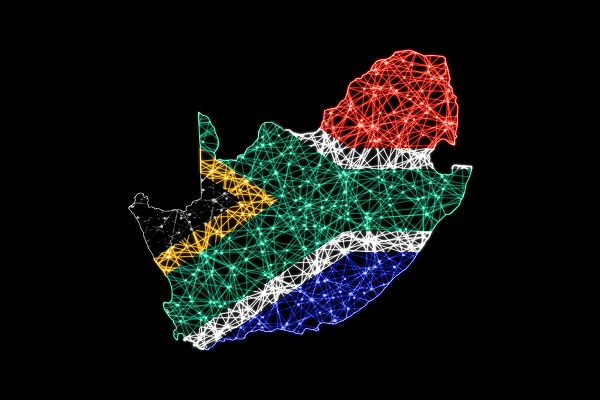As South Africa grapples with rising energy costs, sustainability concerns, and the ongoing challenges of energy security, LED lighting is proving to be a game-changer, says the Illumination Engineering Society of South Africa (IESSA). With significant advancements in technology, it reduces energy consumption and contributes to a greener, more sustainable future.

In this article, IESSA explores the impact of LED lighting on energy savings, its environmental benefits, and key trends shaping energy efficiency in South Africa.
Impact on energy consumption
One of the most significant advantages of LED lighting is its remarkable energy efficiency. Compared to traditional incandescent and fluorescent bulbs, LEDs consume up to 80% less electricity, translating into substantial cost savings for businesses, municipalities, and homeowners. This efficiency is critical in a country where energy supply constraints continue to pose challenges for industries and households alike.
Beyond direct energy savings, LEDs have a significantly longer lifespan – often 25,000 to 50,000 hours compared to the 1,000-hour lifespan of incandescent bulbs. This extended lifespan reduces maintenance costs and the frequency of replacements, making LEDs a highly cost-effective solution in the long run.
Environmental impact
Energy-efficient lighting plays a crucial role in reducing South Africa’s carbon footprint. Since electricity generation in the country still relies heavily on coal-fired power plants, every kilowatt-hour saved through LED adoption helps reduce greenhouse gas emissions. Widespread adoption of LED lighting could cut CO₂ emissions by millions of tons annually, directly supporting South Africa’s climate commitments.
Furthermore, LEDs do not contain harmful substances like mercury, which is present in compact fluorescent lamps (CFLs). This eliminates the risks associated with improper disposal and reduces hazardous waste in landfills. The lower energy demand of LEDs also alleviates strain on the national grid, reducing the risk of load shedding and improving overall energy resilience.
Key local energy efficiency trends
As the country transitions towards more sustainable energy solutions, several key trends are driving the adoption of energy-efficient LED lighting. These include:
- Government incentives and policies: The South African government has implemented various energy efficiency policies, including tax incentives for energy-saving initiatives and regulations that encourage the use of LEDs in commercial and industrial sectors. The ongoing push for sustainability is accelerating LED adoption across municipalities and businesses.
- Smart lighting and IoT integration: The rise of smart LED lighting systems is revolutionising energy efficiency. These systems integrate with IoT technology to enable automated dimming, occupancy sensing, and remote control, optimising energy usage and further reducing costs for businesses and municipalities.
- Renewable energy integration: Many South African businesses and households pair LED lighting with solar energy solutions, reducing reliance on the national grid. With solar power becoming more accessible, LED lighting plays a pivotal role in sustainable energy ecosystems.
- LED retrofitting in public infrastructure: Major cities are investing in LED street lighting projects, replacing inefficient sodium vapour and metal halide lamps with energy-saving LEDs. This shift is not only reducing municipal electricity costs but also enhancing public safety with better lighting quality.
- Increased adoption in commercial and industrial sectors: Businesses recognise the financial and environmental benefits of LED lighting, leading to widespread LED retrofitting in offices, retail spaces, and manufacturing facilities. Both cost savings and corporate sustainability goals drive the shift.
Why turn to energy efficiency today
LED lighting plays a transformative role in South Africa’s energy landscape, offering a powerful solution for reducing energy consumption, lowering carbon emissions, and enhancing sustainability. With ongoing advancements in technology and supportive government policies, the future of LED lighting is brighter than ever. As professionals in the lighting industry, we have an opportunity to lead the charge in promoting and implementing these solutions to ensure a more energy-efficient and sustainable future for South Africa.
Now is the time to embrace the LED revolution and contribute to a brighter, more sustainable tomorrow.







